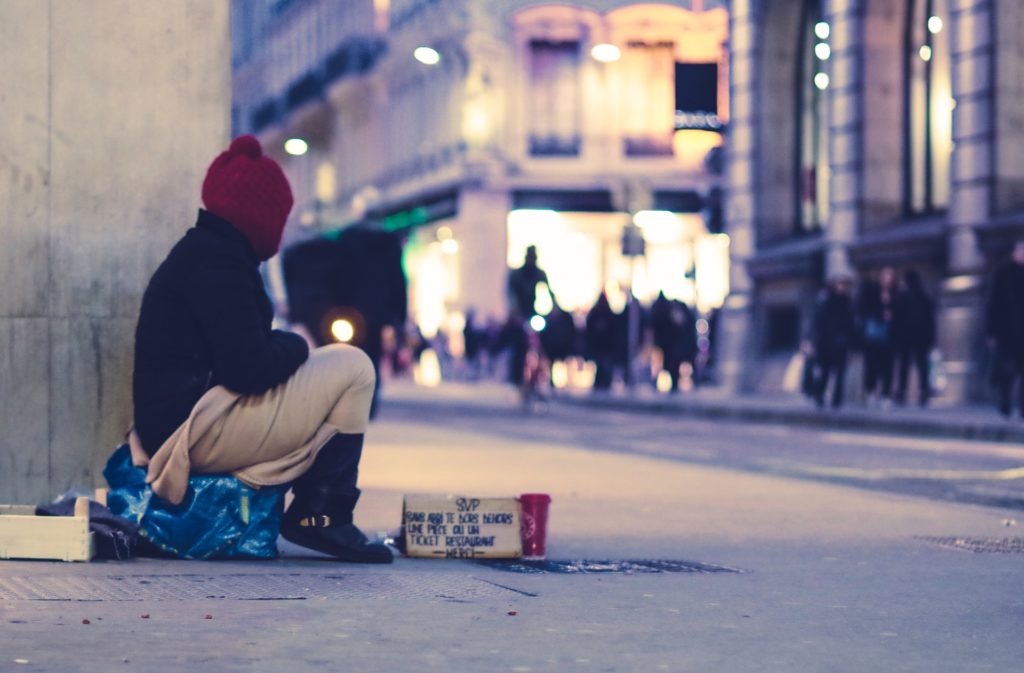The arrangements in place for the organisation of the vaccination of the general public may end up missing some of the most vulnerable groups in society, according to aid groups.
Until now, vaccines have been made available to clearly defined groups: care home staff and residents, medical and nursing staff and front-line workers.
From next month, however, the wholesale vaccination of the general public begins, starting with those over 65 and those with co-morbidities – medical conditions which place the patient at greater risk should they contract the virus.
The system works via messages by mail, SMS and email to inform the recipient of the time and place for their first dose of vaccine to be administered. The information is contained in a QR code or barcode, and the person is to register online.
But for many of the more disadvantaged in society – including many elderly people – those arrangements present challenges most people would not experience.
“We are concerned that the most vulnerable people will not use the vaccine that is offered free of charge,” Henk Van Hootegem, coordinator at the Interfederal Support Centre for Combating Poverty, told De Morgen.
“There are several reasons for this. Maybe there are people who do not want a vaccine, but there will also be those who drop out because they find the whole procedure too complicated or do not know how to get there.”
The first obstacle to be faced is the letter each person over 18 will receive, workers in the field say.
“There is a risk that a lot of people will not even understand the letter. It would be good to work with more visual elements,” said Van Hootegem.
Sara Willems, professor in the department of public health and primary care at Ghent university, shares the concerns.
“The letter is not only complex. There are also few options for adding local information. At the moment, cities and towns can only add the number of the local call centre. Explaining how someone can easily get to the local centre is not an option.”
Then there is the question of the means of communication used. In the first place, homeless people have no way of receiving a letter, never mind a way of responding. And the use of QR codes and online registration is beyond the capabilities of many.
According to estimates, some 30% of the Belgian population have a low health literacy – the ability to broadly understand a disease and a treatment.
And reaching those people – as well as the poor who may simply not have the means at their disposal – is crucial if the required levels of immunity to the virus are to be reached for the life of society to return to any semblance of normality.
“If the people who are not vaccinated only occur within certain groups or neighbourhoods, you risk local and rapidly spreading outbreaks of infection,” said Prof. Willems.
Workers in the sector have several suggestions, including mobile teams able to come to vulnerable people where they are to save them from having to travel, including in homeless shelters; local campaigns of registration; clear assurances that the information gathered will not be used for other purposes; and above all coordination of all efforts and support where needed.
“The barrier to the vaccination centres must be as low as possible,” said Barbara Goethals of the Brussels Poverty Platform, speaking to Bruzz.
“For example, people should also be able to go to certain places without an appointment. They can then do the registration and vaccination on the spot. Everything can be done in one go.”
Alan Hope
The Brussels Times

